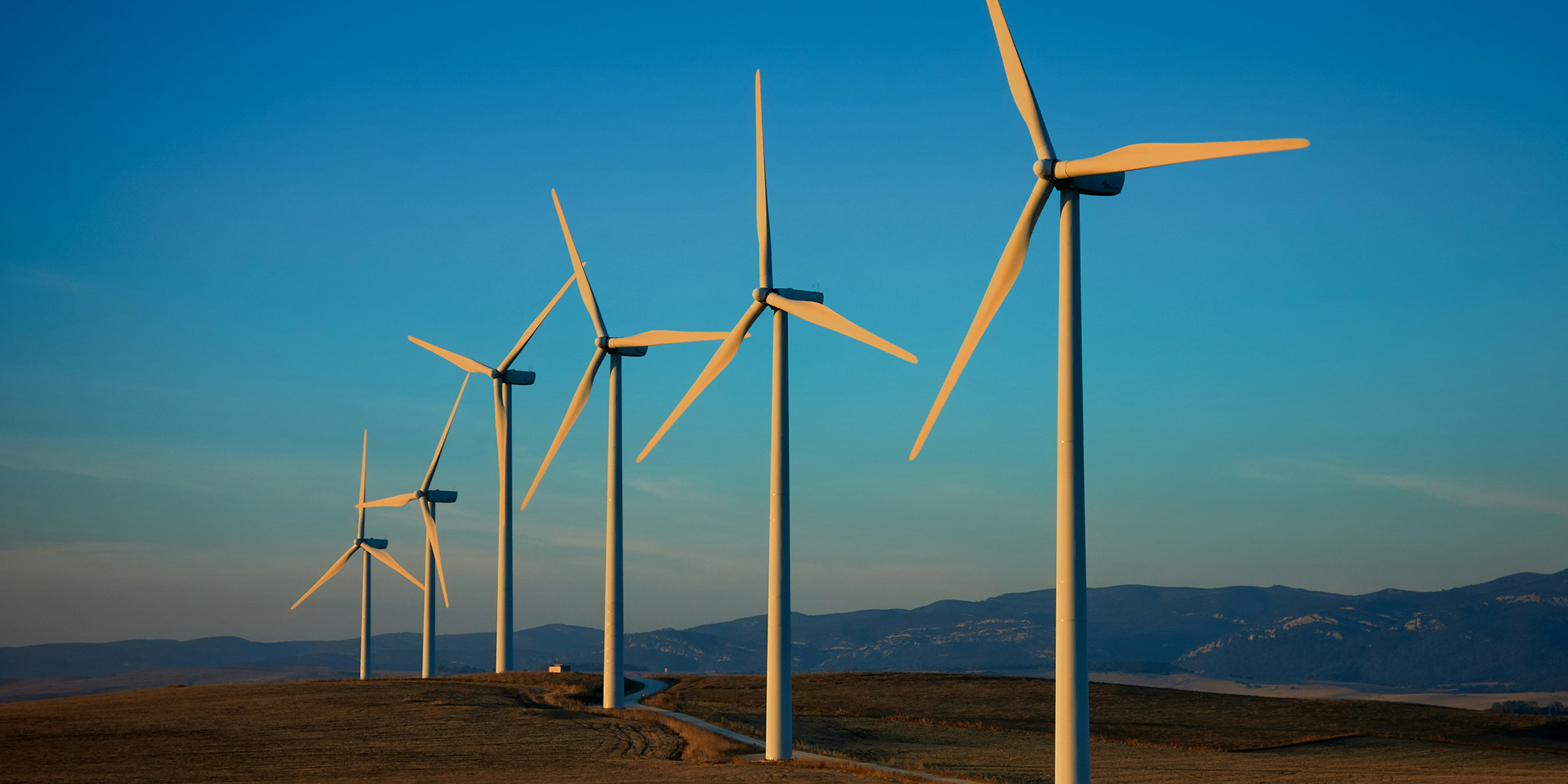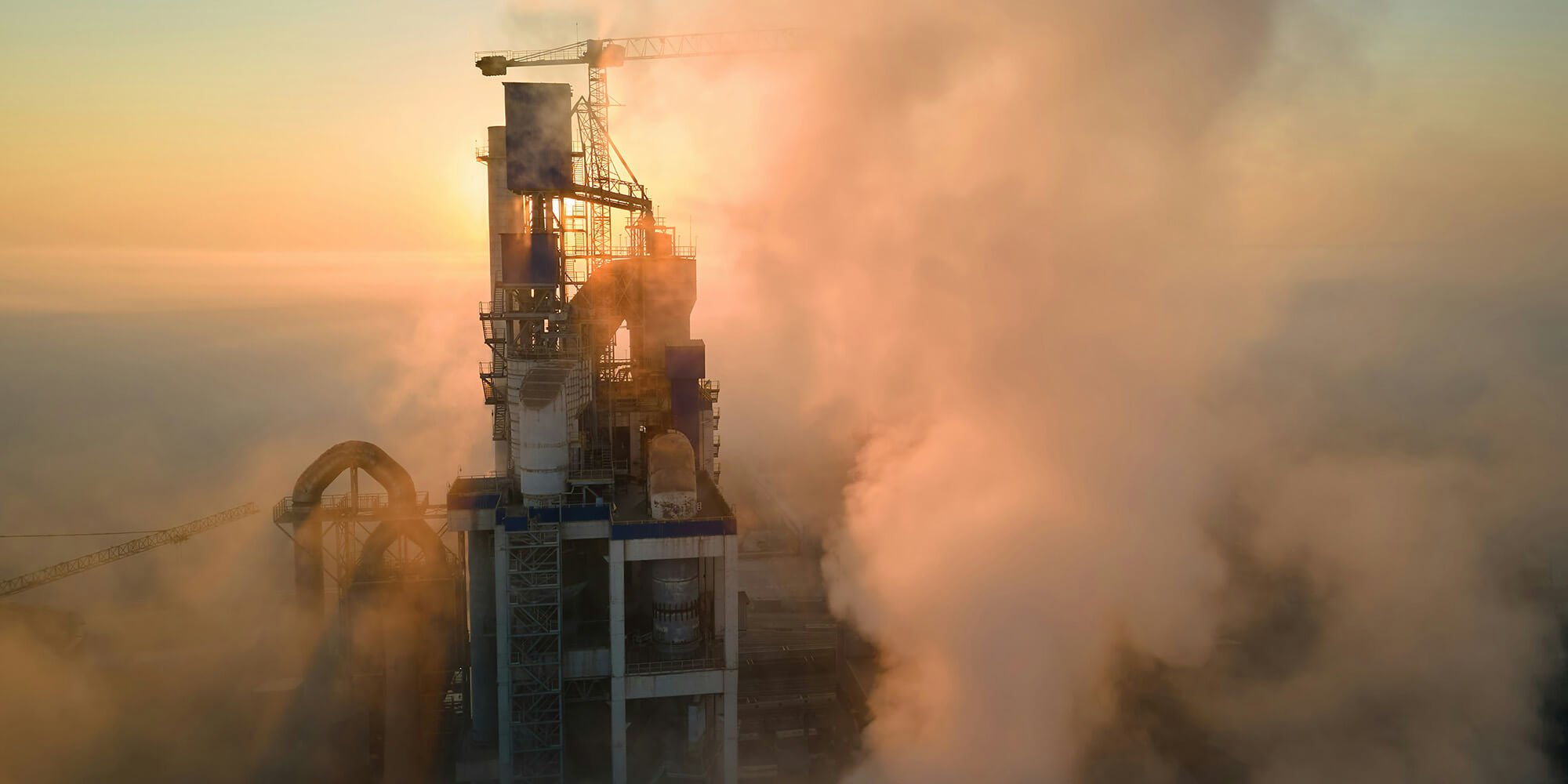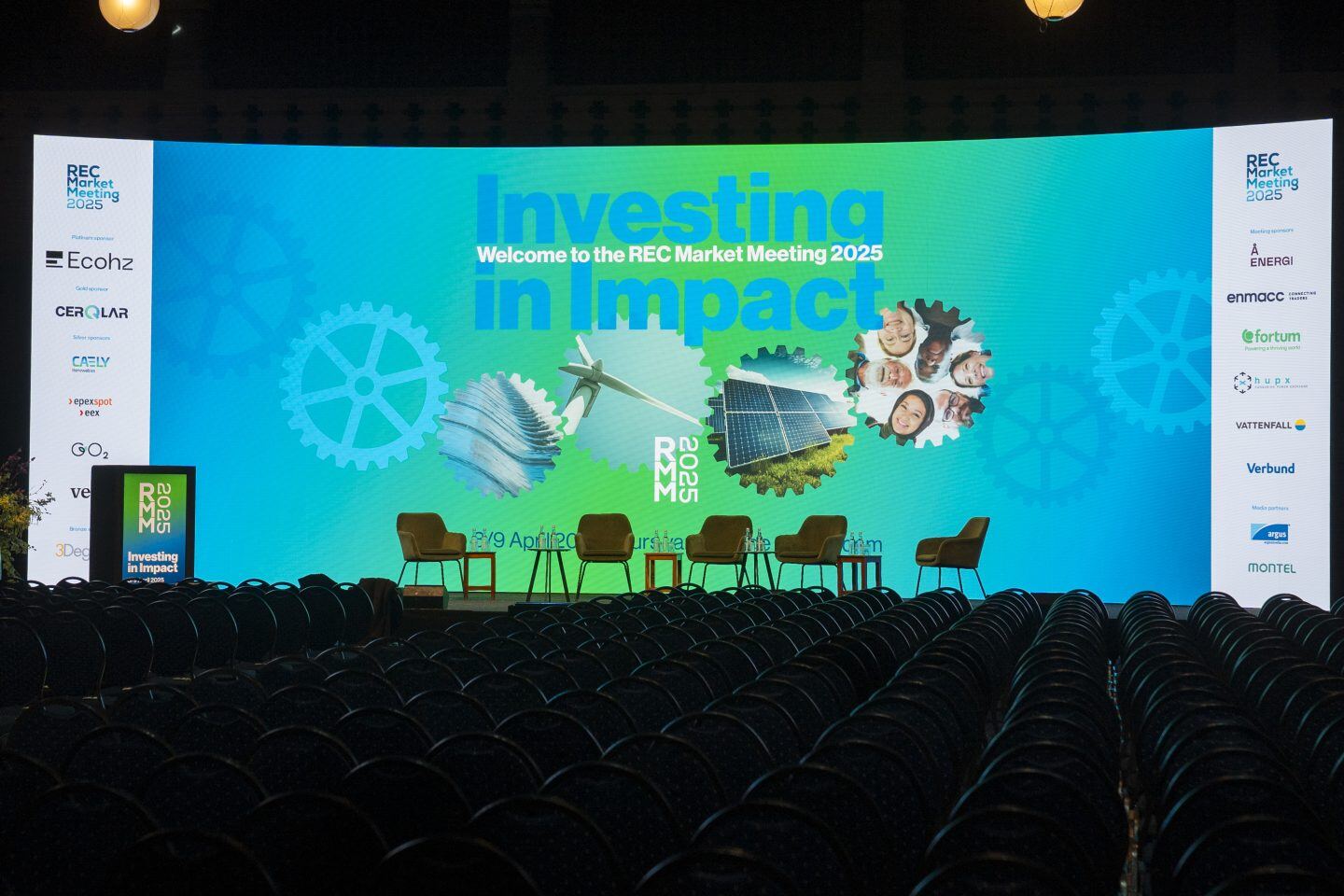At the beginning of 2024, we conducted a foresight exercise. We took what we knew about consumer preferences, policy, market trends, and more, and ventured to project six developments that could shape the industry during the year. Almost 12 months on, this is how our predictions stand.
1. Mandatory sustainability reporting in the EU could shake Energy Attribute Certificate (EAC) markets
We predicted: New sustainability reporting rules in the EU, such as the Corporate Sustainability Reporting Directive (CSRD), would increase corporate interest in Guarantees of Origin (GOs). They could also drive efforts to decarbonise supply chains beyond Europe.
What’s happened so far
Demand for GOs has grown in 2024. During the first quarter, total GO cancellations rose roughly 15% compared to the same period in 2023. Ecohz projects the three largest GO consumers, namely Germany, Italy, and France, to see growth between 10% and 15% by the end of the year, based on data from the first half of 2024.
GOs have also gained a more prominent role in national policy. Norway is one example. The Norwegian Environment Agency confirmed that companies covered by the CSRD must use GOs to report renewable energy consumption. Further, if there was still any uncertainty about Norway's permanence in the GO system, it has all but vanished. Minister of Energy Terje Aasland stated that the country should shelve plans to leave the market, citing the importance of GOs as a source of income for the power sector, which is now too large to quit.
Although we are just beginning to see the effects of European reporting rules, GOs are already being established as necessary in more policy areas. We expect that trend to pick up.
2. Scope 3 will take centre stage in corporate decarbonisation
We predicted: Supply chains would gain importance within corporate sustainability plans, with global companies setting higher requirements for partners to push Scope 3 decarbonisation.
What’s happened so far
Scope 3 decarbonisation has steadily climbed in priority for all sorts of companies. In the automotive sector, for example, Scope 3 requirements from global car brands have required auto parts manufacturers in their supply chains to cut emissions and set targets of their own.
“Several customers were asking us to set emissions reduction goals,” said Ferdinand Wieland, Senior Vice President of Procurement and Supply Chain Management at thyssenkrupp AT, in a recent interview with Ecohz. “Many have clear requirements regarding Scope 1 and 2 emissions, but also on Scope 3. We decided to start walking our own path to climate neutrality.”
To encourage their value chain partners to join their climate efforts, thyssenkrupp AT decided to lead by example and switch to renewable energy in their own operations globally. “We want to show our suppliers that we take climate action seriously and start with our own emissions,” Wieland stated.
In other sectors, industry standard-setters like TCO, the world-leading sustainability certification for IT products, upgraded their renewable energy requirements to decarbonise global manufacturing. Meanwhile, CDP released a report that highlights the financial risks of unreported Scope 3 emissions. Overall, industry organisations and corporate standards are sending a clear message: cutting supply chain CO2 is not only good for the climate but also good for business.

3. RE100’s new criteria could impact EAC demand
We predicted: Many corporate buyers of renewables would strive to follow RE100’s new technical criteria, which include a 15-year commissioning date limit on power plants, more stringent rules for energy to qualify as renewable, and a redrawn market boundary for Europe.
What’s happened so far
Although consumer preferences are famously hard to measure and causality strenuous to prove, it has become clear that the new RE100 criteria, especially the limit on power plants’ commissioning dates, have had a substantial impact on clean energy buyers.
“The volume of corporate clients that ask for Energy Attribute Certificates (EACs) from power plants under 15 years old, particularly wind and solar, has grown substantially,” Peter Bloor, Director of Corporate Sales at Ecohz, says. “We have clearly seen the influence of RE100’s new criteria, as many of our customers perceive this as higher-quality procurement.”
According to RE100’s latest annual report, the initiative’s annual footprint grew by 72 TWh last year due to new membership, with members reporting to consume 1.7% of global electricity generation. As the influence of the organisation grows, we can expect the sway of its rules to do the same.
4. I-REC Standard will and diversify in environmental attribute tracking
We predicted: The I-TRACK Foundation would expand its role beyond tracking renewable electricity to meet growing demand for environmental attribute tracking. I-RECs would keep growing in volume and coverage, while other product codes — hydrogen, carbon dioxide removals, among others — would continue to develop.
What’s happened so far
In November, the I-TRACK Foundation announced that the I-REC system would exit the Chinese market after the publication of new national policy that makes it impossible for any energy tracking system other than the Green Energy Certificates (GEC) to operate in the country. I-REC issuance for previously registered devices will be allowed until 31 March 2025 but only for power generated until 31 December 2024.
Despite this surprising development, the I-REC system did expand globally in 2024. Issuances in Q1 2024 reached 113 million certificates for the 2023 vintage, compared to 74 million during Q1 2023 for the 2022 vintage. Redemptions for the previous year’s vintage grew from 53 million in Q1 2023 to 79 million in Q1 2024.
Also in 2024, Jamaica and Kenya were approved for I-REC issuance. Meanwhile, Brazil surpassed China as the largest I-REC market during the first half of the year.
The I-REC system keeps growing with the goal of standardising environmental attribute tracking and enabling global commerce. “We believe that speaking a common language in terms of EACs enables global commerce,” Roble Velasco-Rosenheim, Director of Global Partnerships and APAC at the I-TRACK Foundation, told Ecohz during the I-REC Market Meeting in São Paulo. “We focus entirely on facilitating trade by providing an instrument that builds bridges internationally.”
5. The EU further incentivises Power Purchase Agreements (PPAs)
We predicted: Incentivised by relaxed regulations, new policies such as the Carbon Border Adjustment Mechanism (CBAM), and fluctuating energy prices, companies would show increased interest in PPAs.
What’s happened so far
PPAs remain highly attractive for corporate energy buyers. Securing the price of a crucial resource while obtaining high sustainability benefits is a priority for many. However, what this year has clearly shown is that signing a PPA is just the first part of a longer mission — and accurate reporting and management of EACs are crucial.
In May, RE100 released a report scoring their members’ renewable energy claims, where many companies achieved lower scores than they expected for making claims that were “non-credible” or “lacked transparency.”
Correctly documenting and disclosing clean energy consumption, not least from PPAs, has emerged as a necessary topic. If companies fail to secure the delivery of EACs, correctly transfer and cancel them in the appropriate registry, and allocate them to the correct consumption centres, they will not get the sustainability benefits they want from their agreements.
As more PPA offtakers realise the significance of the post-signature process, it will be interesting to see how this shapes the sector in the near future.
%20smaller.png?width=1201&height=628&name=Biogas%20webinar%202(1)%20smaller.png)
6. Biomethane: development in the European market
We predicted: We would see a rapidly growing biomethane market, as well as greater harmonisation to allow for increased cross-border transfer of certificates. France, one of Europe’s largest producers, would open for exports and imports early in 2024.
What’s happened so far
Well, the France prediction was way off. The country’s connection to a centralised hub, which would allow for the cross-border transfer of biomethane certificates, has been postponed multiple times and is now expected in 2025, although France did hold the first auction of biomethane EACs in early December 2024.
Meanwhile, the biomethane sector is growing continent-wide. According to data released this year, production increased by about 10% between 2016 and 2023, when, pending data updates, it is expected to reach 50 TWh. Further, €27 billion were invested in new biomethane capacity, which will add some 6 bcm once the projects are finished.
Estimates say the EU could have 15 bcm of installed capacity by 2030. Although this is below expectations, the sector remains optimistic about reaching the much-cited 35 bcm target by 2030 with continued increases in investments.
“Biomethane is a sector in continuous growth, answering the dual needs for decarbonisation and independence from Russian gas,” Nils Holta, Net Zero Advisor at Ecohz, says. “There is strong agreement within the industry that we need a more harmonised market, with mutual recognition and transfer of certificates. We already have good systems in place; we should build on them instead of stalling while looking for a perfect solution.”


.png?width=3840&height=2560&name=Sun(1).png)

.png?width=3840&height=2560&name=Landscape_2(1).png)





